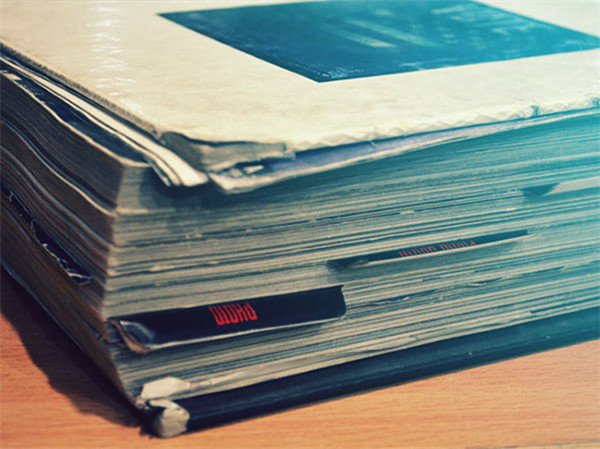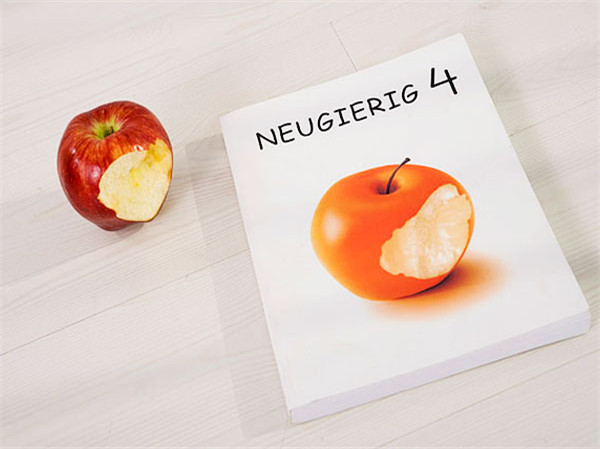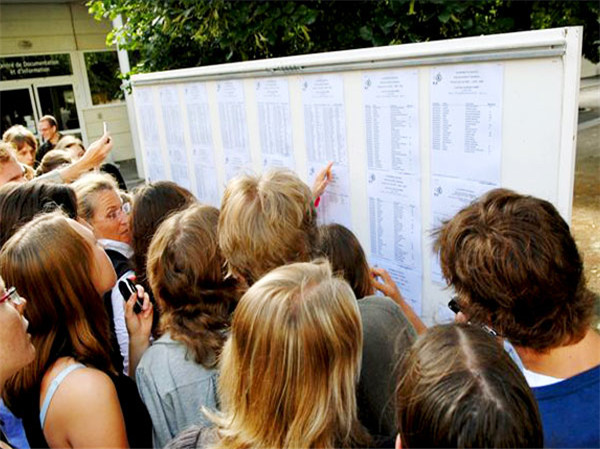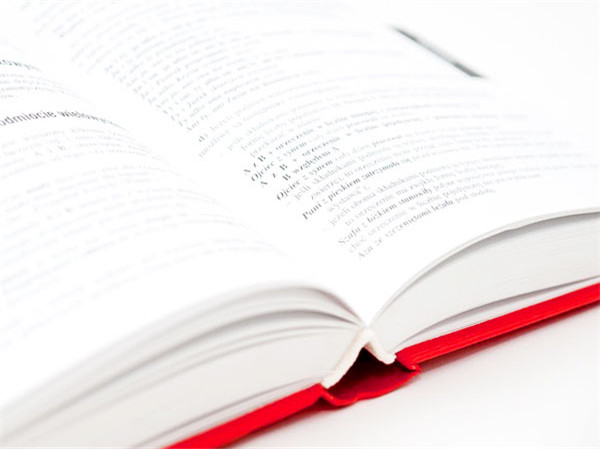现在大家在进行托福备考时官方真题Official托福模考软件相信是大家用的最多的工具了,对于托福成绩的提升是非常有帮助的。托福听力可以说是整个托福考试当中比较重要的一个部分,如何利用现有资料官方真题Official模考软件来提升大家的托福成绩呢?今天小编在这里整理了官方真题Official2托福听力Lecture4文本+题目+答案解析来分享给大家,希望对大家托福听力备考有帮助。

官方真题Official2托福听力Lecture4原文文本
Bode’s Law
Professor: OK, let’s get going. Today I’m going to talk about how the asteroid belt was discovered. And ...I’m going to start by writing some numbers on the board. Here they are: We’ll start with zero, then 3, ...6, ...12. Uh, tell me what I’m doing.
Female student: Multiplying by 2?
Professor: Right, I’m doubling the numbers, so 2 times 12 is 24, and the next one I’m going to write after 24 would be…
Female student: 48.
Professor: 48, then 96. We’ll stop there for now. Uh, now I’ll write another row of numbers under that. Tell me what I’m doing. 4, 7, 10 …How am I getting this second row?
Male Student: Adding 4 to the numbers in the first row.
Professor: I’m adding 4 to each number in the first row to give you a second row. So the last two will be 52, 100, and now tell me what I’m doing.
Female Student: Putting in a decimal?
Professor: Yes, I divided all those numbers by 10 by putting in a decimal point. Now I’m going to write the names of the planets under the numbers. Mercury...Venus...Earth...Mars. So, what do the numbers mean? Do you remember from the reading?
Male Student: Is it the distance of the planets from the Sun?
Professor: Right, in astronomical units—not perfect, but tantalizingly close. The value for Mars is off by ...6 or 7 percent or so. It’s ...but it’s within 10 percent of the average distance to Mars from the Sun. But I kind of have to skip the one after Mars for now. Then Jupiter’s right there at 5-point something, and then Saturn is about 10 astronomical units from the Sun. Um, well, this pattern is known as Bode’s Law.
Um, it isn’t really a scientific law, not in the sense of predicting gravitation mathematically or something, but it’s attempting a pattern in the spacing of the planets, and it was noticed by Bode hundreds of years ago. Well, you can imagine that there was some interest in why the 2. 8 spot in the pattern was skipped, and um ...but there wasn’t anything obvious there, in the early telescopes. Then what happened in the late 1700s? The discovery of ...?
Female Student: Another planet?
Professor: The next planet out, Uranus—after Saturn. And look, Uranus fits in the next spot in the pattern pretty nicely, um, not perfectly, but close. And so then people got really excited about the validity of this thing and finding the missing object between Mars and Jupiter. And telescopes, remember, were getting better. So people went to work on finding objects that would be at that missing distance from the Sun, and then in 1801, the object Ceres was discovered.
And Ceres was in the right place—the missing spot. Uh, but it was way too faint to be a planet. It looked like a little star. Uh, and because of its starlike appearance, um, it was called an “asteroid. ” OK? “Aster” is Greek for “star,” as in “astronomy. ” Um, and so, Ceres was the first and is the largest of what became many objects discovered at that same distance. Not just one thing, but all the objects found at that distance from the asteroid belt. So the asteroid belt is the most famous success of this Bode’s Law. That’s how the asteroid belt was discovered.
查看官方真题Official2托福听力Lecture4的题目请进入下一页→→→
相关推荐
-
【官方真题Official托福阅读】官方真题Official3托福阅读词汇真题练习——pales&significance
2015-11-19![【官方真题Official托福阅读】官方真题Official3托福阅读词汇真题练习——pales&significance]()
-
【托福听力备考】官方真题Official听力高频词汇——文学讲座学科词汇汇总
2015-11-06![【托福听力备考】官方真题Official听力高频词汇——文学讲座学科词汇汇总]()
-
托福到底能考多少分?19年必练真题告诉你答案
APP专享![托福到底能考多少分?19年必练真题告诉你答案]()
-
【官方真题Official托福阅读】官方真题Official3托福阅读词汇真题练习——ensuing&initial
2015-11-19![【官方真题Official托福阅读】官方真题Official3托福阅读词汇真题练习——ensuing&initial]()
-
【官方真题Official托福阅读】官方真题Official3托福阅读词汇真题练习——guarantee&ensure
2015-11-19![【官方真题Official托福阅读】官方真题Official3托福阅读词汇真题练习——guarantee&ensure]()
-
【官方真题Official托福阅读】官方真题Official3托福阅读词汇真题练习——arduous&difficult
2015-11-19![【官方真题Official托福阅读】官方真题Official3托福阅读词汇真题练习——arduous&difficult]()
-
【官方真题Official托福模考】官方真题Official4托福阅读词汇真题练习 adjacent&nearby
2015-12-04![【官方真题Official托福模考】官方真题Official4托福阅读词汇真题练习 adjacent&nearby]()
-
官方真题Official4托福阅读词汇真题练习——rebound&decline
2015-12-04![官方真题Official4托福阅读词汇真题练习——rebound&decline]()
-
【托福阅读备考】官方真题Official1托福阅读词汇真题练习——plugged&washed
2015-11-09![【托福阅读备考】官方真题Official1托福阅读词汇真题练习——plugged&washed]()
-
官方真题Official5托福阅读词汇真题练习——promote&complicate
2015-12-09![官方真题Official5托福阅读词汇真题练习——promote&complicate]()
-
【官方真题Official托福阅读】官方真题Official3托福阅读词汇真题练习——devised&suggested
2015-11-19![【官方真题Official托福阅读】官方真题Official3托福阅读词汇真题练习——devised&suggested]()
-
【官方真题Official托福阅读】官方真题Official3托福阅读词汇真题练习——particular&final
2015-11-19![【官方真题Official托福阅读】官方真题Official3托福阅读词汇真题练习——particular&final]()
-
【官方真题Official托福阅读】官方真题Official3托福阅读词汇真题练习——integral&variable
2015-11-19![【官方真题Official托福阅读】官方真题Official3托福阅读词汇真题练习——integral&variable]()
-
官方真题Official8托福阅读词汇真题练习——disruption&exhaustion
2015-12-18![官方真题Official8托福阅读词汇真题练习——disruption&exhaustion]()
-
【小站推荐】官方原题Official模考软件之考托模考测试题C1
2014-05-04![【小站推荐】官方原题Official模考软件之考托模考测试题C1]()
-
【托福阅读备考】官方真题Official1托福阅读词汇真题练习——autonomous&artistic
2015-11-09![【托福阅读备考】官方真题Official1托福阅读词汇真题练习——autonomous&artistic]()
-
【托福听力备考】官方真题Official听力高频词汇——歌剧讲座学科词汇汇总
2015-11-06![【托福听力备考】官方真题Official听力高频词汇——歌剧讲座学科词汇汇总]()
-
官方真题Official5托福阅读词汇真题练习——overwhelm&powerful
2015-12-09![官方真题Official5托福阅读词汇真题练习——overwhelm&powerful]()
-
【官方原题Official模考软件】小站推荐考托模考测试题B1
2014-05-04![【官方原题Official模考软件】小站推荐考托模考测试题B1]()
-
托福写作批改:[综合+独立][官方真题Official19]高分作文推荐
2015-10-23![托福写作批改:[综合+独立][官方真题Official19]高分作文推荐]()
-
官方真题Official5托福阅读词汇真题练习——afford&offer
2015-12-09![官方真题Official5托福阅读词汇真题练习——afford&offer]()
定制专属课程规划
领取成功
添加助教,定制你的专属课程规划

每日提分任务
专业提分资料
全程督学答疑






















![托福写作批改:[综合+独立][官方真题Official19]高分作文推荐](http://www-static.zhan.com/uploadfile/images/auth/crop/13733499.jpg)

